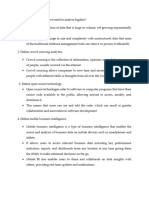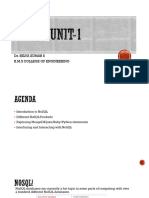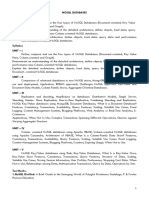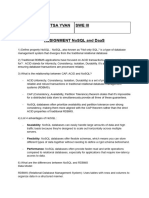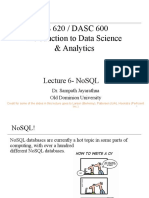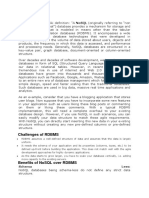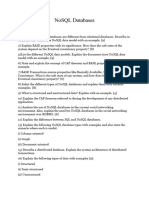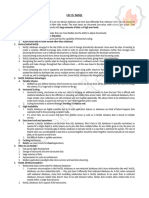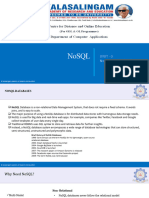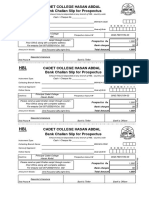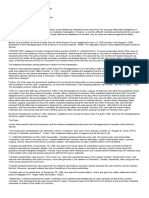0% found this document useful (0 votes)
44 views5 pagesInterview Technical Java Nosql 2025
NoSQL refers to non-relational databases designed for handling large volumes of unstructured or semi-structured data, offering flexibility and scalability compared to traditional SQL databases. Key differences include schema flexibility, scalability methods, and data models, with NoSQL databases following BASE properties for availability and eventual consistency. The document also discusses types of NoSQL databases, data modeling, sharding, and trade-offs associated with their use.
Uploaded by
ashish SinghCopyright
© © All Rights Reserved
We take content rights seriously. If you suspect this is your content, claim it here.
Available Formats
Download as DOCX, PDF, TXT or read online on Scribd
0% found this document useful (0 votes)
44 views5 pagesInterview Technical Java Nosql 2025
NoSQL refers to non-relational databases designed for handling large volumes of unstructured or semi-structured data, offering flexibility and scalability compared to traditional SQL databases. Key differences include schema flexibility, scalability methods, and data models, with NoSQL databases following BASE properties for availability and eventual consistency. The document also discusses types of NoSQL databases, data modeling, sharding, and trade-offs associated with their use.
Uploaded by
ashish SinghCopyright
© © All Rights Reserved
We take content rights seriously. If you suspect this is your content, claim it here.
Available Formats
Download as DOCX, PDF, TXT or read online on Scribd
/ 5






